Dear customers
Meccano, Stokys, Märklin … Do your eyes light up with these names? Then you also built models as a child? If not — it’s never too late, as Eduard Nadig will prove to you.
Since we were unfortunately unable to celebrate our 10th anniversary with you in 2020, we look forward to inviting you to a special exhibition in September after an extraordinary time.
In 2010 we took over the goldsmith’s atelier on Schaffhauserplatz from Eduard Nadig and continued to do so until the move in 2017 to the current location. This gave Eduard Nadig time to cultivate his hobby, model making, intensively. We are proud to show you an overview of his works over the past 10 years.
Vernissage aperitif with Eduard Nadig present:
Friday, September 3rd from 5:00 p.m. to 8:00 p.m.
We ask for your registration by email using our contact form
and hope for numerous visitors.
Best regards
Patrick Stalder and Sonia Montaño Stalder
For the amusement of his sons, Hornby built a toy crane out of perforated metal strips that were held together with nuts and bolts. The crane could be dismantled and the parts used to build different models. Hornby saw a future for this versatile toy and set out to mass-produce it.
The toy was patented on January 9, 1901 as “Mechanics Made Easy”. In 1907 it became known as Meccano and took the toy world by storm.
Hornby started making its own parts in a small, one-room factory. In 1914 the factory opened on Binns Road. This remained the company’s headquarters for more than 60 years. In the 1920s and 1930s, Meccano Ltd. the largest toy manufacturer in the UK.
Frank Hornby died on September 21, 1936. His legacy lives on to this day. Thousands of enthusiasts around the world still build Meccano models and operate Hornby railroad systems.
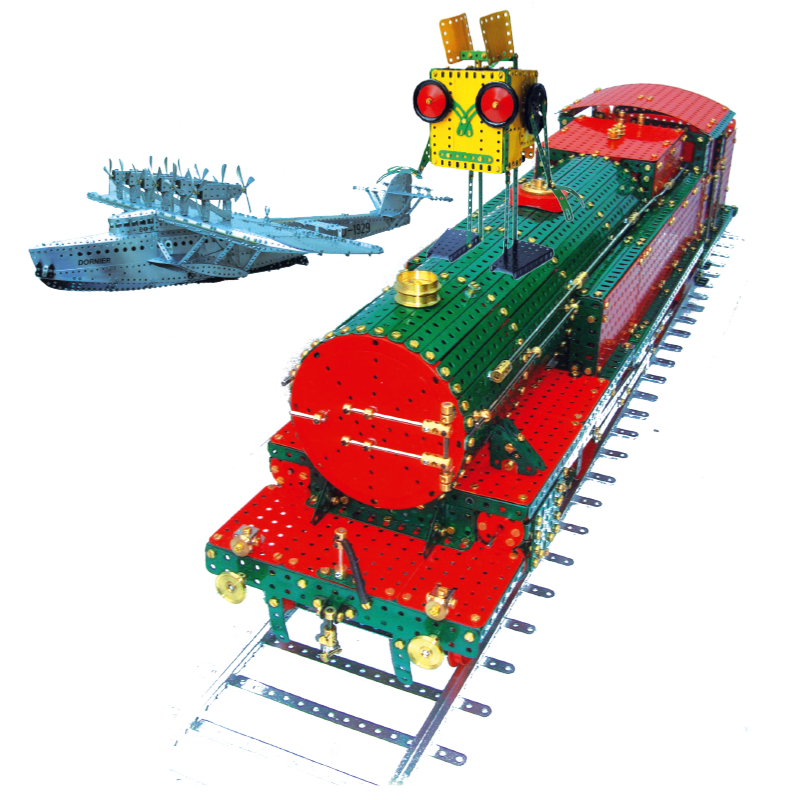


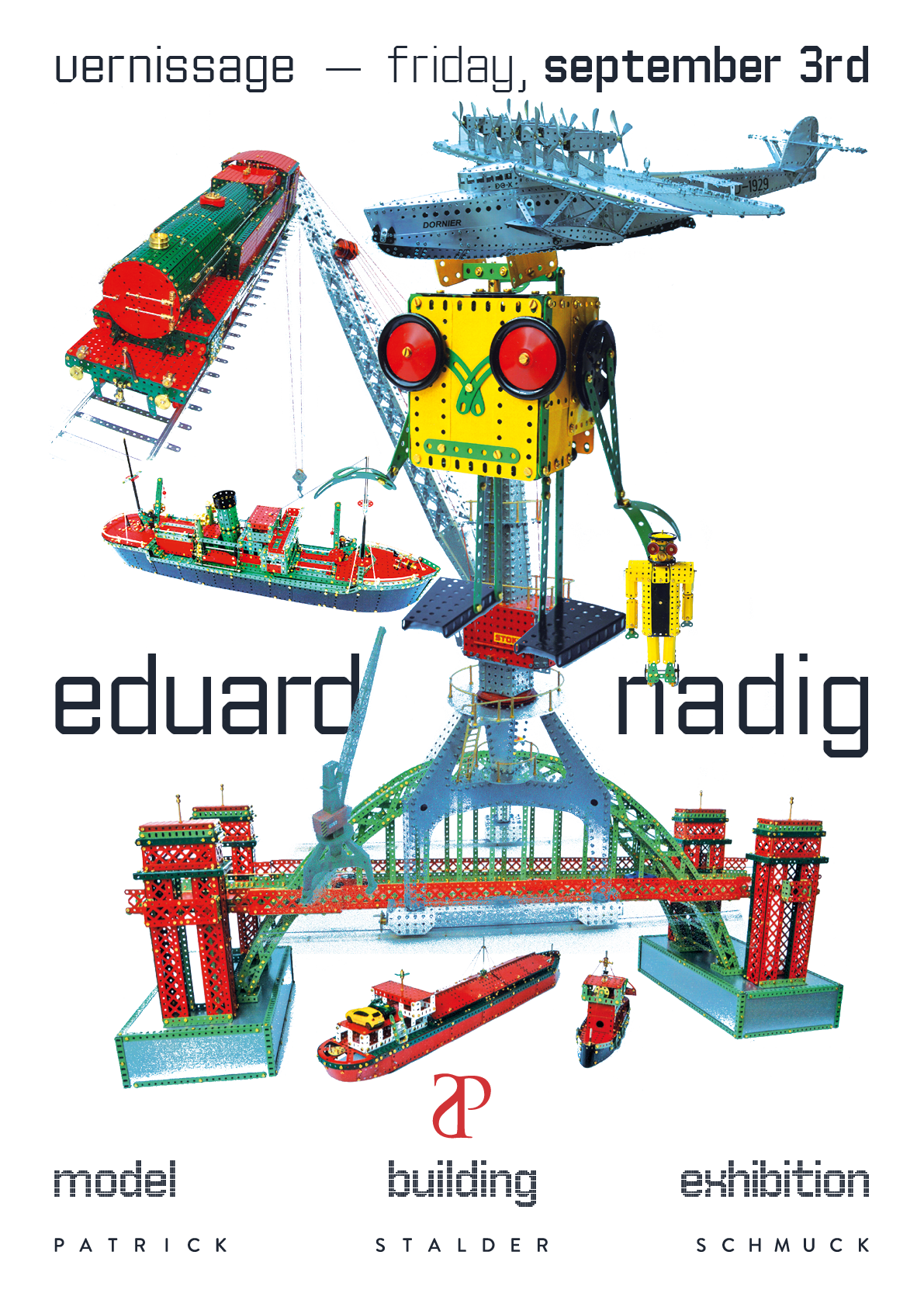
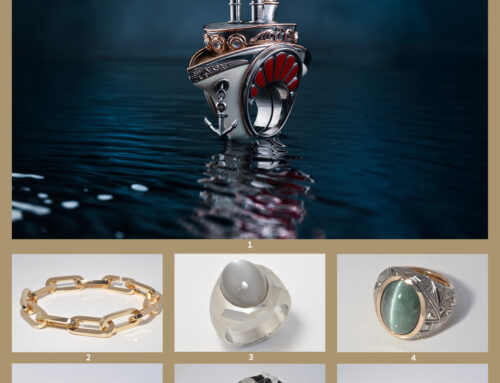
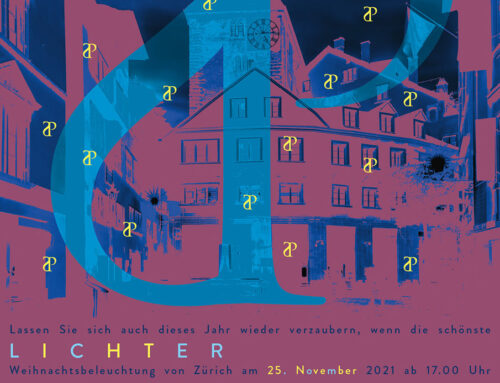
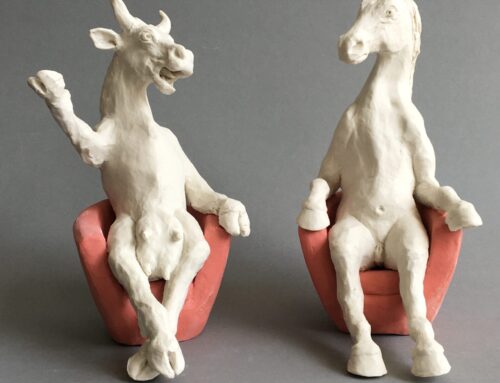
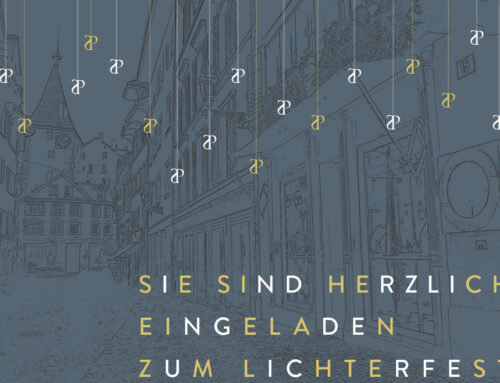


Instagram